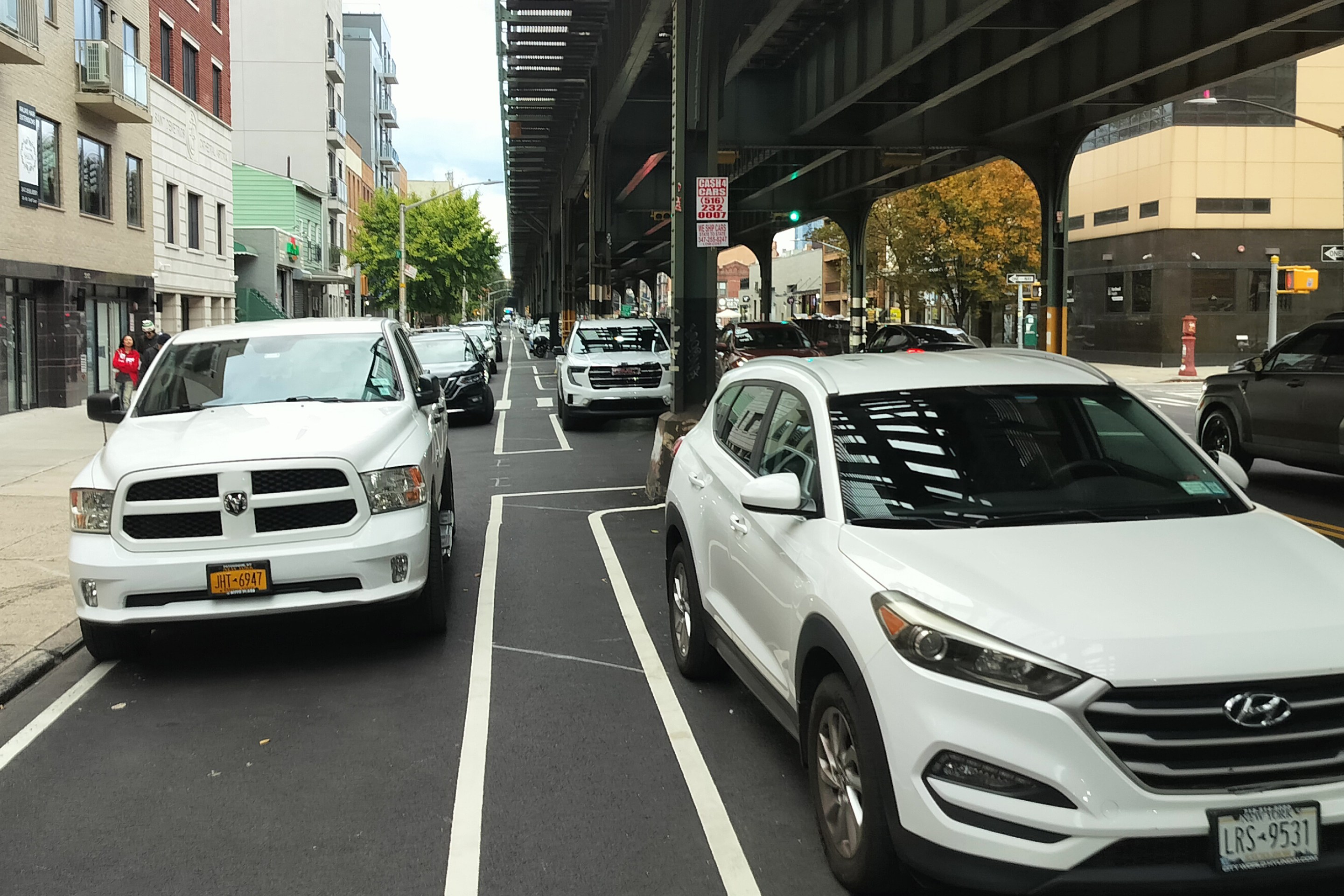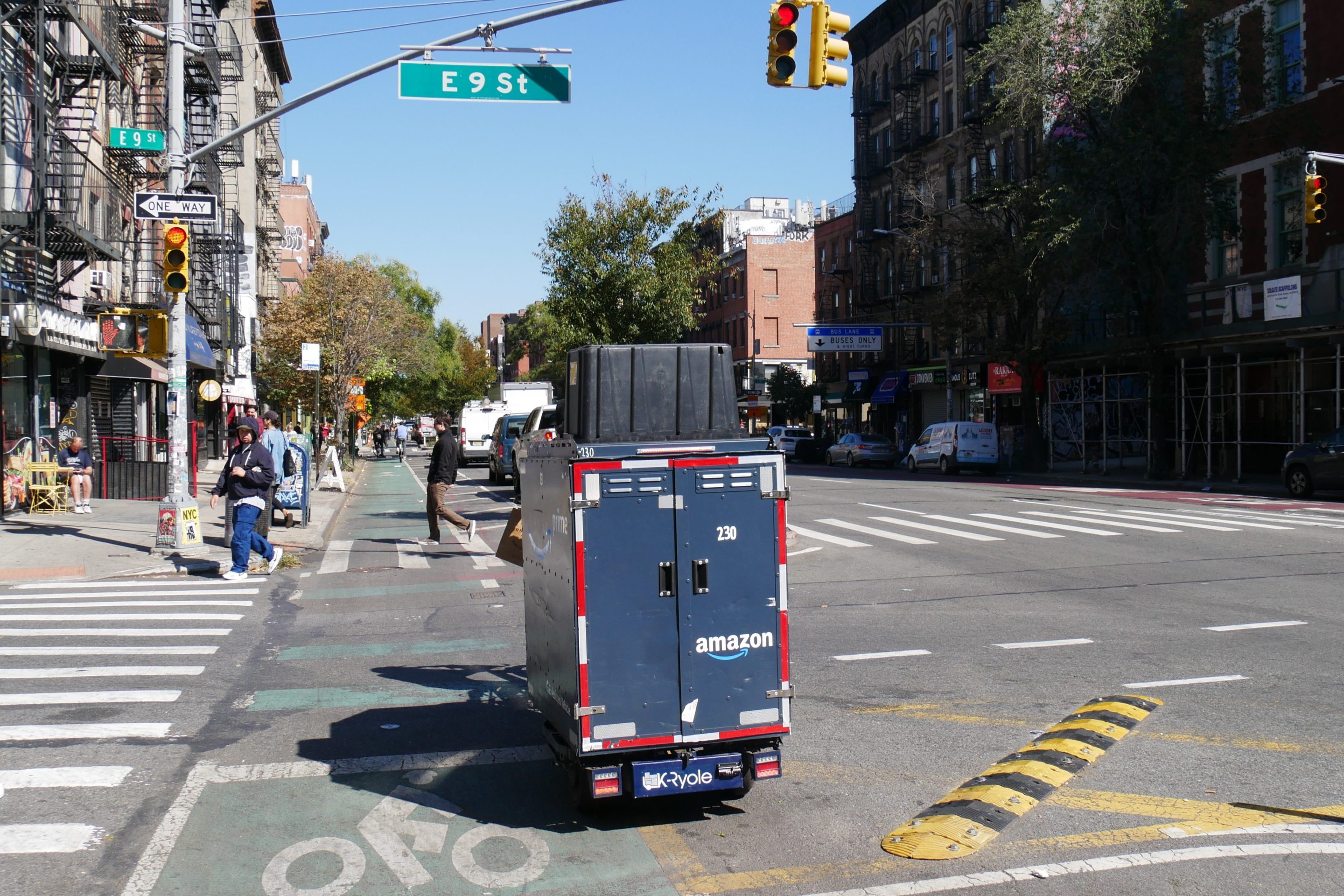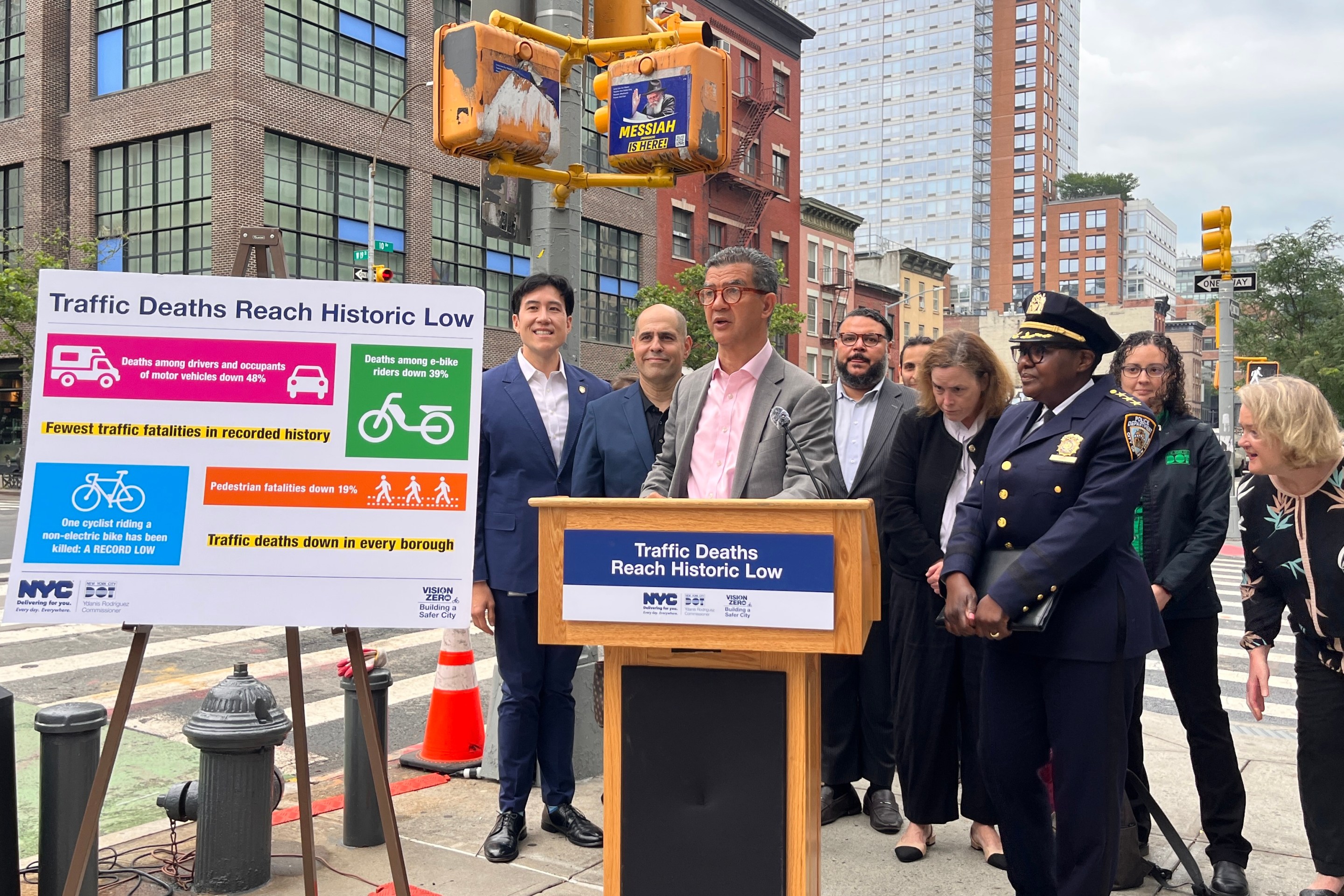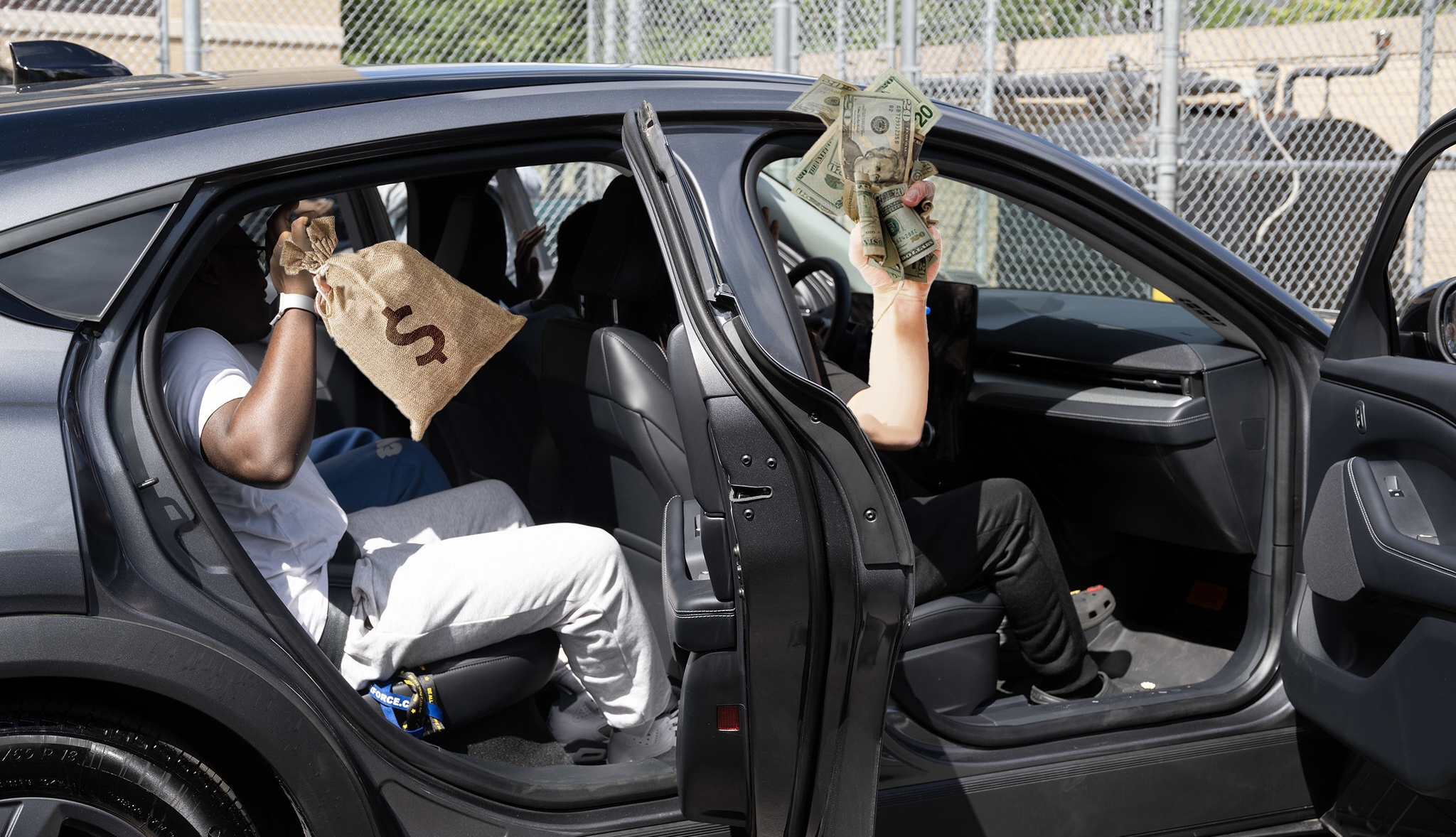It’s a big moment in Detroit: the Motor City is finally making an effort to remedy its auto-centric ways. A plan and financing strategy have come together to bring light rail to Woodward Avenue, an important central-city thoroughfare.
But the project has sparked an internal debate about what form the rail should take. On one hand, the real estate interests bankrolling the project are pushing for a streetcar, which would intermingle with traffic, have lots of stops and would ostensibly stimulate development in the Midtown area. On the other hand, the city, which can’t afford to finance the project, has stated its preference for center-running rapid rail transit.

Portland's streetcar has certainly spurred a lot of development, but it isn't known for its breakneck speeds. Photo: Transport Michigan
Joel Batterman at Network blog Transport Michigan is watching the situation closely, even producing this awesome music video in favor of center running rail. In Batterman’s latest post he explains why, at this stage, it’s so important that the city focus on mobility over development:
Over the past decade, developers and city officials across the U.S. have taken an interest in downtown streetcar systems as a development tool. The model was the Portland Streetcar, opened in 2001 as a 2.4-mile loop connecting downtown Portland to a former industrial area just to the north. Rechristened the “Pearl District,” that area boomed with new luxury lofts drawing Portland’s growing professional population. Ironically, just as housing developers extended streetcar lines out to posh new residential districts a century ago (Woodbridge in Detroit is one such “streetcar suburb”), streetcars now offer cities and developers a potentially lucrative tool for facilitating the return of well-heeled residents back into the inner city. Transit advocates have long sought transit-oriented development to increase ridership, but streetcar advocates flip the phrase, proudly calling streetcars “development-oriented transit,” although some Portlanders complain the district has grown too “hoity-toity” for their taste.
On a more fundamental level, though, when we lack regional rapid transit, and tens of thousands of transit-dependent Detroiters have to rely on unreliable, infrequent buses to get around, is it really appropriate for us to put real estate development that primarily serves newly arrived professionals before meeting the transit needs of the entire region, and especially those of the less privileged? This author’s status as a twenty-something white guy from an affluent, educated background makes him a strong candidate for being one of those professionals, and I’m all for more housing in Cass/Midtown (though I think it’s vital for it to be mixed-income), but I still think regional transit has got to be first.
The Portland case is instructive: that city built out an extensive regional rapid transit system (MAX light rail) decades before they built a streetcar. In Cincinnati, a coalition that includes the NAACP and the Green Party – not your usual transit opponents – are suing the city over its plans for a downtown streetcar, arguing that the public has more pressing priorities. I believe the same holds for Detroit: a more pressing priority is true rapid transit.
If you care to comment on the Woodward Avenue rail project the last day to submit feedback is today. Transport Michigan is encouraging readers to weigh in in favor of the center-running option at woodwardlightrail@detroitmi.gov.
Elsewhere on the Network today: Colin Peppard at Switchboard argues that when it comes to high gas prices, the U.S. doesn’t have a supply problem, but a demand problem. Living in the O asks why Alameda County residents should be forced to choose between strong transit and other modes, as outlined in the county’s transportation plan. And WalkBikeJersey wonders whether planners of cycling infrastructure should be required to have some experience in biking for transportation.





